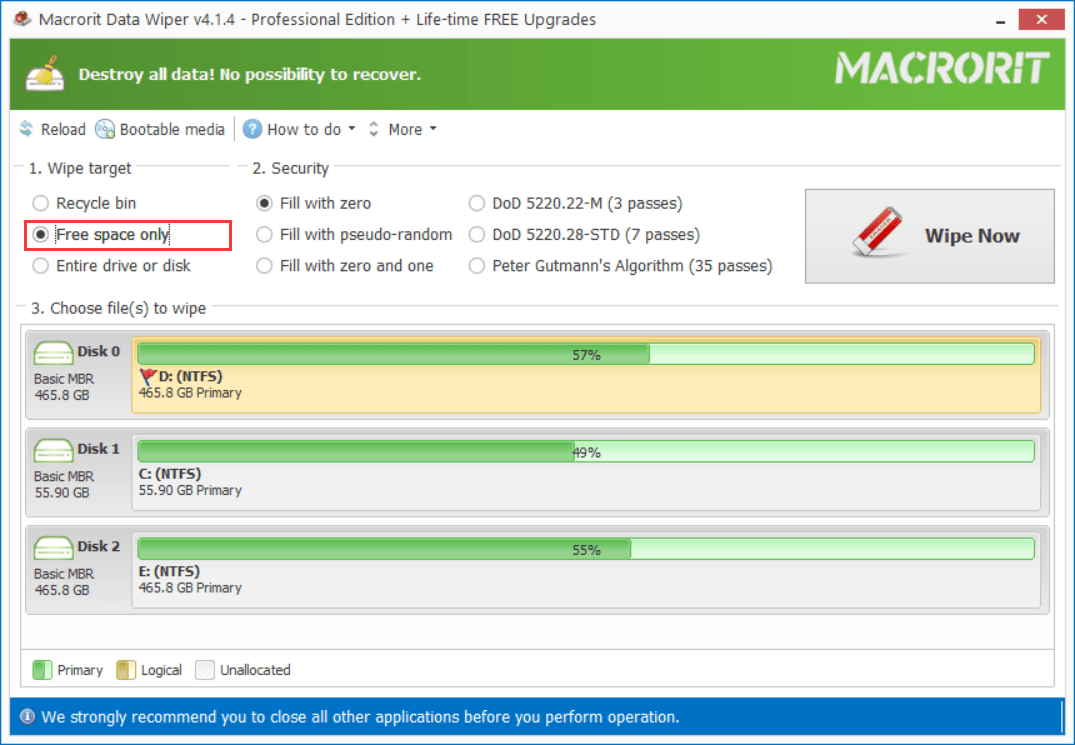

Remote wiping makes it possible to delete data from a laptop or computer without having to be in front of the device.

Because of this, there are certain use cases where one option is better than the other, or both mechanisms can be combined if the threat level is high enough. Another useful safety measure is to implement full disk encryption so that the thief cannot access any data on the laptop unless they also manage to steal the key.Įach of these techniques can be more complicated than they seem at first, and they each come with their own pros and cons. This allows administrators to delete data even if the computer has been lost or stolen (although there are some limitations). One solution is to set up remote wiping on devices. This poses a huge risk for both individuals and organizations. If the right safeguards aren’t in place, attackers could end up with all of the data on the device – personal secrets, intellectual property, financial information, valuable company data, sensitive client details and more. One major oversight is what happens if someone loses their laptop or a computer gets stolen. But it’s common to forget about protection for worst case scenarios. Many organizations and individuals have started to adopt basic security measures such as requiring stronger passwords, implementing two-factor authentication, and managing access control.


 0 kommentar(er)
0 kommentar(er)
